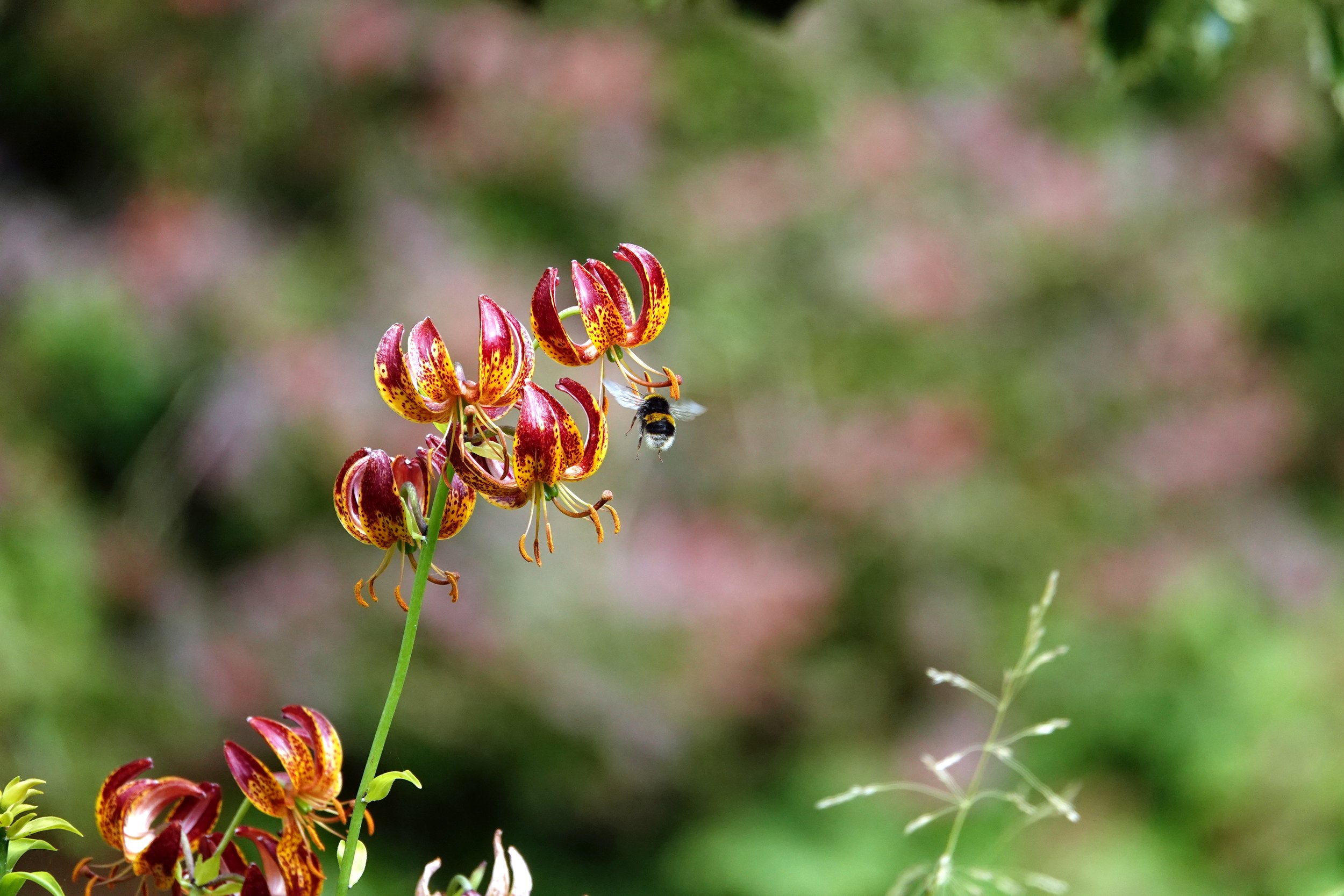
Start recording
Collecting data about a group of species or certain kinds of habitats is, for many people, a natural extension of their general interest in wildlife. To help identify species correctly a relevant guide is essential, and joining a society brings contact with other interested people. Study courses are also run by various schemes and societies, and at field centres, such as those run by the Field Studies Council.
Many people get started through one of the more popular species groups, such as birds or butterflies. However, once you have got the hang of biological recording it is worth branching out to get a wider knowledge of wildlife by attempting some less popular species groups. This takes time but you will find that it is well worth the effort! The growth of good identification guides and keys for most species groups is a tremendous help to both beginners and the more advanced recorder. Visiting a museum with a good reference collection is another very worthwhile exercise.
Beginners with basic skills can collect good data but will need a bit of time and practice to develop. It is important to realise that many individual specimens will not always be identifiable, even with the aid of a good reference book. Beginners should not be put off by this but rather concentrate on getting the feel for the species. With practice, you will discover that what initially looked the same may in fact be quite different, and points overlooked will be the key to success.
On the whole, wildlife recording is a cheap hobby where the greatest expenses are books and travel rather than costly equipment. However, a microscope, hand lenses, binoculars, nets or other specialist tools are a necessity for certain groups of wildlife species.




